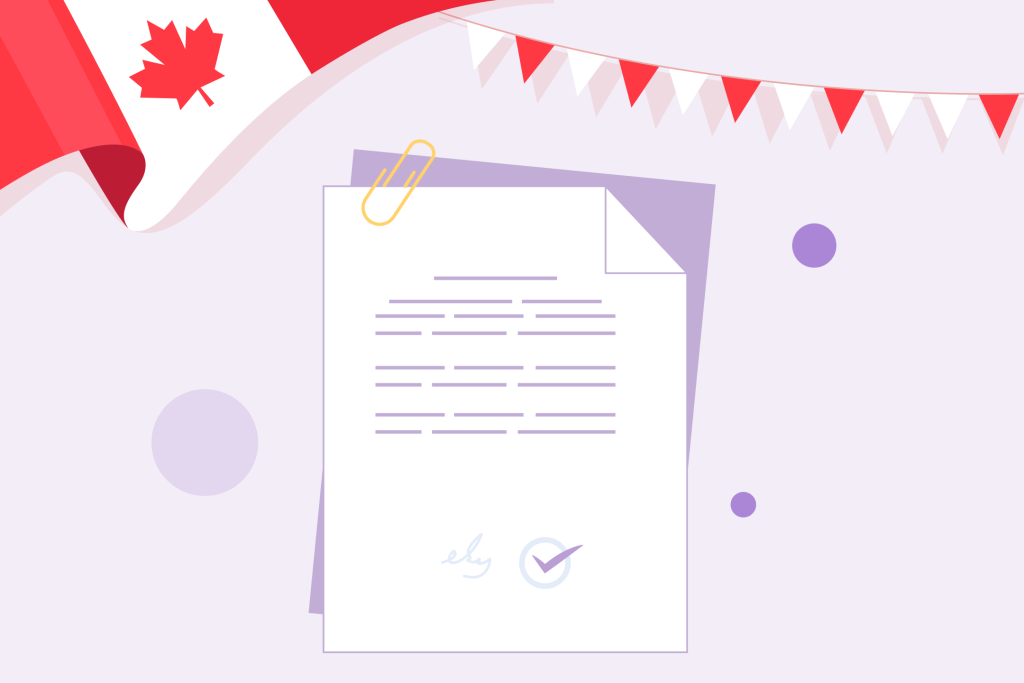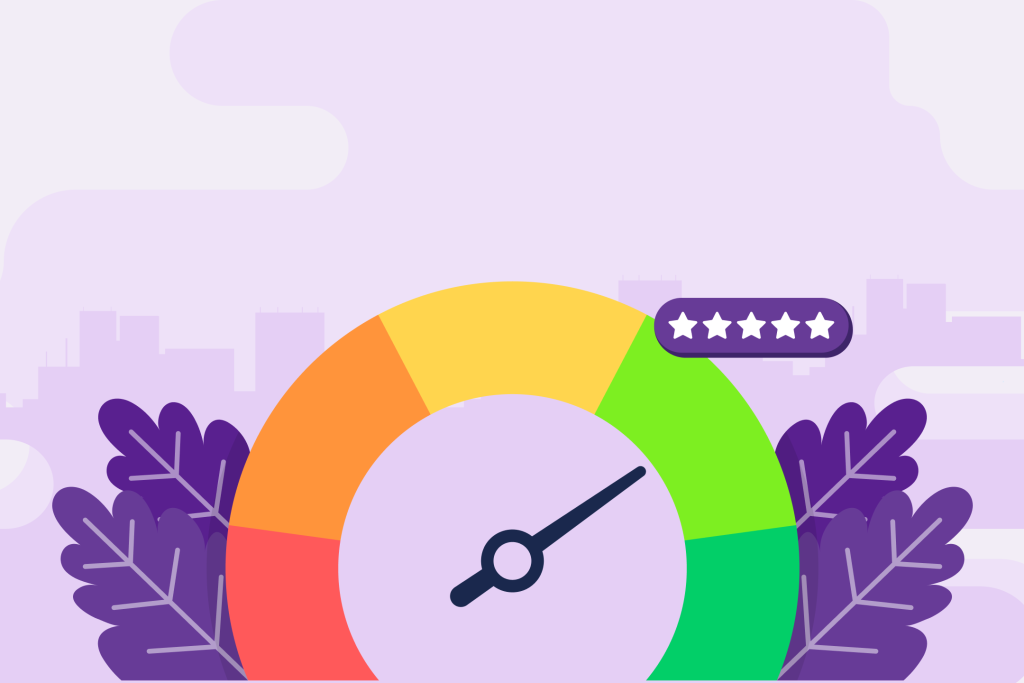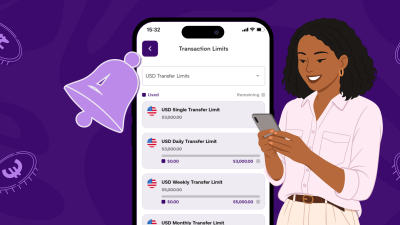Learn how you can get a Canadian permanent residency in 2025.
With its 2025 immigration plan, Canada is introducing new pathways and improving existing programs for new immigrants who plan to move over. All this is to make sure skilled workers, caregivers, and Francophone immigrants can secure permanent residency more easily.
We’ve put together some eligibility requirements you’ll need to increase your chances of success in becoming a permanent resident.
Why Choose Canada For Permanent Residency?

Canada’s immigration-friendly policies and economic opportunities make it a top choice for those looking for permanent residency. In 2025, the Canadian government aims to welcome 500,000 new permanent residents.
Some of the major benefits of becoming a permanent resident in Canada are:
- Freedom to live and work anywhere in the country.
- Access to free healthcare and social benefits.
- Eligibility for Canadian citizenship after fulfilling residency requirements.
- High-quality education for children with lower tuition fees.
- Legal protections under Canadian law and the Charter of Rights and Freedoms.
Top Immigration Pathways For Canadian Permanent Residency In 2025

There are many ways Canada offers permanent residency. But it depends on your qualifications, work experience, and goals. Here are some popular ways to so that:
Express Entry: The Fastest Way To Get Canadian Permanent Residency
The Express Entry system is the fastest way for skilled workers to get permanent residency in Canada. It is an online system that manages applications for three key programs:
- Federal Skilled Worker Program: This is for skilled workers with work experience outside Canada.
- Canadian Experience Class: Whether you work from home or on site, if you’ve worked in Canada for at least one year, this one’s for you.
- Federal Skilled Trades Program: This is for people who have work experience in skilled trades. If you have skills in carpentry, plumbing, or electrical work, you can use this pathway.
When you create an Express Entry profile, you’re ranked based on the comprehensive ranking system score. This score is also known as CRS and it considers factors like age, education, work experience, and language skills.
However, for 2025, the Canadian government has a strong focus on the Canadian Experience Class. This means that if you have work experience in Canada, there are higher chances of you receiving an Invitation To Apply.
Additionally, category-based selections will be conducted to invite applicants with work experience in different sectors. So, if you have worked in healthcare, skilled trades, and education, you might be selected. Also, Francophone candidates who speak French fluently have a chance too.
Provincial Nominee Program (PNP): A Great Alternative To Express Entry
Assuming you don’t have a high CRS score, the PNP can be a great alternative. Each Canadian province has its own immigration program.
Some of the most popular PNPs are:
- Ontario Immigrant Nominee Program: This one is good for tech workers, healthcare professionals, and entrepreneurs.
- British Columbia PNP: This program mostly considers skilled workers, international graduates, and healthcare workers.
- Alberta Advantage Immigration Program: To have a good chance at this program, you should have worked in engineering, construction, or agriculture.
- Saskatchewan Immigrant Nominee Program: This is a great opportunity for workers with skills in demand, such as the healthcare and trade sectors.
Those who are PNP candidates receive a 600-point boost in their CRS score, which might almost guarantee an ITA for permanent residency.
New Immigration Pathways For 2025
To address labor shortages and economic needs, Canada is introducing four new permanent residency pathways in 2025:
- Enhanced Caregiver Pilot Programs. Those who are caregivers will now be eligible for permanent residency on arrival instead of waiting for two years.
- Rural Community Immigration Pilot. This program will help bring skilled workers to smaller communities facing labor shortages.
- Francophone Community Immigration Pilot. This program helps bring French-speaking immigrants to settle outside Quebec.
- Expansion of Temporary to Permanent Residence (TR to PR) Pathways. More temporary workers and international students will be able to transition to permanent residency.
These new programs make permanent residency more accessible for caregivers, workers in rural areas, and Francophone immigrants.
Top Immigration Pathways For Canadian Permanent Residency In 2025 .
Express Entry (FSWP, CEC, FSTP)
- Eligibility: Skilled workers with education, work experience, and language proficiency
- Key Benefits: Fastest PR pathway; no job offer required
- Processing Time: 6–12 months
- Express Entry (FSWP, CEC, FSTP)
Provincial Nominee Program (PNP)
- Eligibility: Nominated by a province based on labor needs
- Key Benefits: Additional 600 CRS points; higher chance of PR approval
- Processing Time:12–18 months
Caregiver Pilot Programs
- Eligibility: Caregivers with work experience
- Key Benefits: permanent residence on arrival (new in 2025)
- Processing Time: 6–12 months
Rural Community Immigration Pilot
- Eligibility: Workers willing to settle in rural areas
- Key Benefits: Special support and faster processing
- Processing Time: Varies by province
Francophone Community Immigration Pilot
- Eligibility: French-speaking candidates outside Quebec
- Key Benefits: Priority processing for Francophone.
- Processing Time: 6–12 months
Immigration Pathway: Temporary to Permanent Residence (TR to PR)
- Eligibility: Temporary workers and international graduates
- Key Benefits: Increased permanent residency spots in 2025
- Processing Time: Varies by category
Step-by-Step Guide To Applying For Canadian Permanent Residency In 2025

1: Choose the right immigration pathway.
Decide which permanent residency program suits your qualifications. If you’re a skilled worker, Express Entry might be the fastest option. With a Canadian work experience, you can focus on the Canadian Experience Class. Or if you prefer settling in a specific province, explore PNPs.
2: Check your eligibility.
Each permanent residency program has different eligibility requirements. Common factors include:
- Work experience (at least one year for Express Entry).
- Language proficiency (English or French).
- Education credentials (must be assessed for equivalency).
- Job offer (required for some PNPs and pilot programs).
3: Improve your CRS score.
A high CRS score increases your chances of receiving an ITA. You can improve your score when you:
- Improve your language skills (IELTS or TEF scores).
- Have work experience in a high-demand role.
- Get a provincial nomination for an extra 600 CRS points.
- Secure a job offer from a Canadian employer.
4: Submit your application.
Once you receive an ITA, submit your application along with the required documents:
- Proof of work experience (letters from employers).
- Education credential assessment (ECA) for foreign degrees.
- Police clearance certificates from all countries in which they have lived for 6+ months.
- Medical exam results to prove you are in good health.
5: Wait for approval and receive your permanent residency visa.
After you submit your permanent residency application, it takes 6–12 months for approval. Once approved, you’ll receive a confirmation of permanent residence (COPR) and can move to Canada.
Steps To Apply For Canadian Permanent Residency In 2025
- Choose an immigration pathway: Select based on eligibility (Express Entry, PNP, etc.).
- Check Eligibility: Assess work experience, education, and language skills.
- Improve CRS score: Gain more experience, get a job offer, or apply for PNP
- Submit application: Provide documents: work experience, education assessment, police clearance.
- Wait for approval: Processing takes 6–12 months for most programs.
- Receive Permanent Residence visa: Get Confirmation of your Permanent Residence (COPR).
Common Challenges And Tips For A Successful Permanent Residency Application

Applying for permanent residency can be challenging, but with the right preparation, you can increase your chances of success:
- Low CRS Score: Improve by boosting language skills and getting PNP nominations.
- Long Processing Times: Make sure all your documents are accurate to avoid delays.
- Proof of Funds Requirement: Have enough savings to show financial stability.
Tips To Improve Your Application
- Start early and prepare your documents in advance.
- Get a job offer from a Canadian employer to strengthen your profile.
- Apply through PNPs if your Express Entry score is low.
- Take French language tests to qualify for Francophone programs.
Ways To Improve CRS Score For Canada Express Entry

- Higher IELTS/French language score: Up to 160 points.
- Provincial nomination: 600 points.
- Job offer from a Canadian employer: Up to 200 points.
- Canadian education: Up to 30 points.
- More work experience: Up to 50 points.
- Spouse’s education/language skills: Up to 20 points.
Canada’s 2025 immigration plans present new and exciting opportunities if you’re aspiring to be a permanent resident. It doesn’t matter if you apply through Express Entry, PNPs, or the new pilot programs. When you understand the requirements, you’ll increase your chances of success and prepare in advance. So, if you are planning to move to Canada or are a newcomer, start working on your language skills, work experience, and education credentials today.




